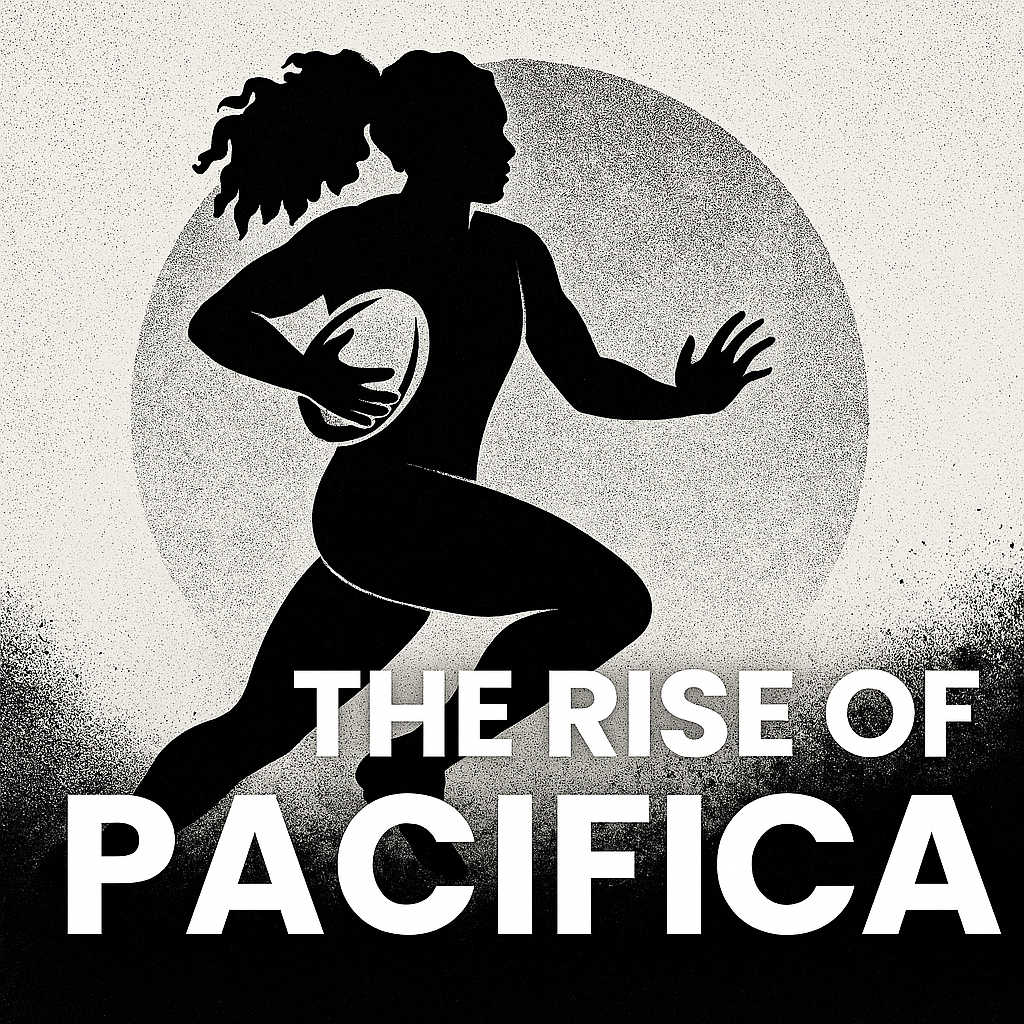The Transformation of a Sports Team’s Financial Fortunes
The journey of a sports team from financial struggles to unprecedented wealth is a captivating story of growth, resilience, and opportunity. The influx of substantial funds can dramatically alter the landscape for any team.

The Struggle Phase
Surviving on a Shoestring Budget
In the early days, sports teams often face the harsh reality of operating with minimal funds. Every penny is meticulously accounted for, and budget constraints dictate every decision. During this phase, creativity and resourcefulness become essential. Teams learn to maximize limited resources, forge strong internal bonds, and prioritize spending on critical needs.
This might mean playing in smaller venues, relying on local sponsors, and having limited access to training facilities. The struggle phase is characterized by a relentless pursuit of opportunities and a determination to succeed despite financial limitations.

The Turning Point
Gaining Popularity and Attracting Investment
As the team starts gaining popularity, a turning point emerges. This can happen through a breakthrough performance, a viral marketing campaign, or gaining media attention. The increased visibility draws the interest of sponsors, investors, and a growing fan base. Financial support begins to flow in, and the team can start envisioning a brighter future.
This might mean securing lucrative sponsorship deals, increasing ticket sales, and expanding their fan base. The turning point is a critical phase that sets the stage for significant financial growth and opportunities.

The Boom Phase
Managing Sudden Wealth
With newfound wealth, the team enters the boom phase. This period is marked by rapid expansion, investment in infrastructure, and a strategic vision for the future. The sudden influx of funds allows the team to address previous limitations and pursue ambitious goals.
Infrastructure and Resources
Investment in state-of-the-art facilities, equipment, and technology becomes a priority. Sports teams might build new training centers, renovate stadiums, and hire top-notch coaches and support staff.
Talent Acquisition
With more money, the team can attract and retain top talent. Competitive salaries, bonuses, and benefits become tools for securing skilled professionals. This might mean signing star players and enhancing player development programs.

Marketing and Branding
The team can now invest heavily in marketing and branding efforts. High-profile advertising campaigns, social media strategies, and community engagement initiatives help solidify their presence and attract even more supporters. Effective branding creates something special to connect with. This builds a strong public identity that helps with recognition and connection from an audience.
Sustainability and Growth
The focus shifts to long-term sustainability and growth. Strategic planning, financial management, and diversification of revenue streams become essential. The team may explore new markets, expand their product or service offerings, and build a robust foundation for continued success.
The Challenges of Wealth
While sudden wealth brings numerous opportunities, it also presents challenges. Managing rapid growth requires careful planning, accountability, and maintaining the team’s core values and culture.

Financial Management
Proper financial management is crucial to avoid mismanagement and ensure long-term stability. Setting up financial controls, budgeting processes, and investment strategies helps the team navigate the complexities of newfound wealth.
Maintaining Identity
Amidst growth, it’s important to stay true to the values and principles that led to initial success. The team must balance expansion with maintaining a cohesive culture and strong internal relationships.
Avoiding Complacency
Success can sometimes lead to complacency. The team needs to remain vigilant, innovative, and driven to continue achieving their goals. Continuous improvement and adaptability are key to sustaining momentum.
Community Engagement
Staying connected with the fan base or customer community is essential. Engaging with supporters, listening to feedback, and giving back to the community can foster loyalty and support.
Impact on Players, Management, and the Team
The influx of substantial financial resources has profound effects on various aspects of a sports team

Players
Enhanced Training and Development – Improved facilities, access to top-tier coaches, and advanced equipment help players reach their peak performance.
Increased Compensation – Competitive salaries and benefits improve player morale and focus.
Better Career Opportunities – Higher visibility and endorsements enhance players’ career prospects.
Management
Strategic Planning and Innovation – Investments in strategic planning and new technologies drive team success.
Enhanced Operations – Improved logistics, travel arrangements, and medical support ensure smooth operations.
Increased Accountability – Robust financial management systems ensure responsible use of funds.
The Team
Stronger Team Culture – Financial stability fosters a positive and cohesive team environment.
Enhanced Brand and Fan Engagement – Investment in marketing builds a strong brand and loyal fan base.
Long-term Sustainability – Focus on youth development and revenue diversification ensures continued growth.
Professional vs. Non-Professional Sports
The distinction between professional and non-professional (or amateur) sports is significant, particularly when it comes to financial resources and organizational structures.
Funding and Sponsorship
Professional sports teams typically have access to substantial funding from sponsorships, television rights, merchandise sales, and ticket revenues. This financial backing allows them to offer higher salaries, invest in advanced training facilities, and attract top talent. In contrast, non-professional sports teams often rely on local sponsors, community support, and limited budgets. Their financial constraints can impact the quality of training, facilities, and player retention.

Player Compensation
Professional athletes receive salaries and benefits, making sports their primary occupation. They have contracts, endorsements, and career longevity to consider. Non-professional athletes, however, often juggle sports with other commitments like jobs or education. They may receive minimal compensation, if any, and participate primarily for the love of the game and personal development.
Training and Development
Professional teams invest heavily in player development, including access to elite coaching, nutritionists, sports psychologists, and cutting-edge training facilities. This comprehensive support system helps athletes reach their peak performance. Non-professional teams may have limited access to such resources, relying more on volunteer coaches and community facilities.
Organizational Structure
Professional sports organizations operate as businesses with structured hierarchies, including management teams, marketing departments, and support staff. They focus on maximizing revenue and maintaining competitive performance. Non-professional teams often have simpler organizational structures, with volunteers and community members playing crucial roles in management and operations.
Media Coverage and Publicity
Professional sports teams benefit from extensive media coverage, including live broadcasts, interviews, and dedicated sports channels. This visibility enhances their brand and attracts sponsors and fans. Non-professional teams typically receive limited media attention, relying on local news outlets and social media for publicity.
Pros and Cons of Financial Transformation for Sports Teams
The transition from financial struggle to substantial wealth brings both opportunities and challenges for sports teams.

Pros
Enhanced Facilities and Resources
With increased funds, teams can invest in state-of-the-art training facilities, equipment, and technology. This improves the overall quality of training and performance, giving athletes the tools they need to excel.
Attracting Top Talent
Financial stability allows teams to offer competitive salaries, bonuses, and benefits, attracting top-tier players and coaches. This can elevate the team’s performance and reputation.
Expanded Marketing and Branding
Greater financial resources enable extensive marketing and branding efforts. High-profile campaigns, social media presence, and community engagement initiatives help build a strong brand and fan base.
Improved Fan Experience
Investments in stadiums, seating, and amenities enhance the overall experience for fans. Better facilities and entertainment options can increase attendance and loyalty.
Long-term Sustainability
Financial stability allows teams to plan for the future, including developing youth programs, investing in player development, and diversifying revenue streams. This ensures sustained success and growth.

Cons
Financial Mismanagement Risks
Rapid influxes of money can lead to financial mismanagement if not properly controlled. Overspending, poor investments, and lack of budgeting can jeopardize long-term stability.
Maintaining Team Identity
Sudden wealth can shift the focus towards commercialization, potentially alienating loyal fans. Teams must balance growth with maintaining their core values and identity.
Pressure and Expectations
Increased financial resources come with heightened expectations for success. The pressure to perform can be stressful for players, coaches, and management.
Complacency Risks
Financial comfort can lead to complacency. Teams need to remain vigilant, innovative, and driven to continue achieving their goals and maintaining competitive performance.
Internal Conflicts
Managing rapid growth and significant resources can lead to internal conflicts. It’s essential to maintain strong communication and cohesion within the team and organization.

Conclusion
The transformation from a team with no money to one with abundant financial resources is a remarkable journey. It involves navigating through phases of struggle, seizing opportunities, and managing the complexities of rapid growth. With careful planning, strategic investment, and a commitment to core values, a sports team can harness newfound wealth to achieve extraordinary success and make a lasting impact.
Join the Discussion
What are your thoughts and experiences about the transformation of sports teams and their financial fortunes. Have you witnessed a team go from rags to riches? What challenges and opportunities did they face?













Garth Stelluti
I genuinely enjoy studying on this website , it has got wonderful posts. “He who sees the truth, let him proclaim it, without asking who is for it or who is against it.” by Henry George.